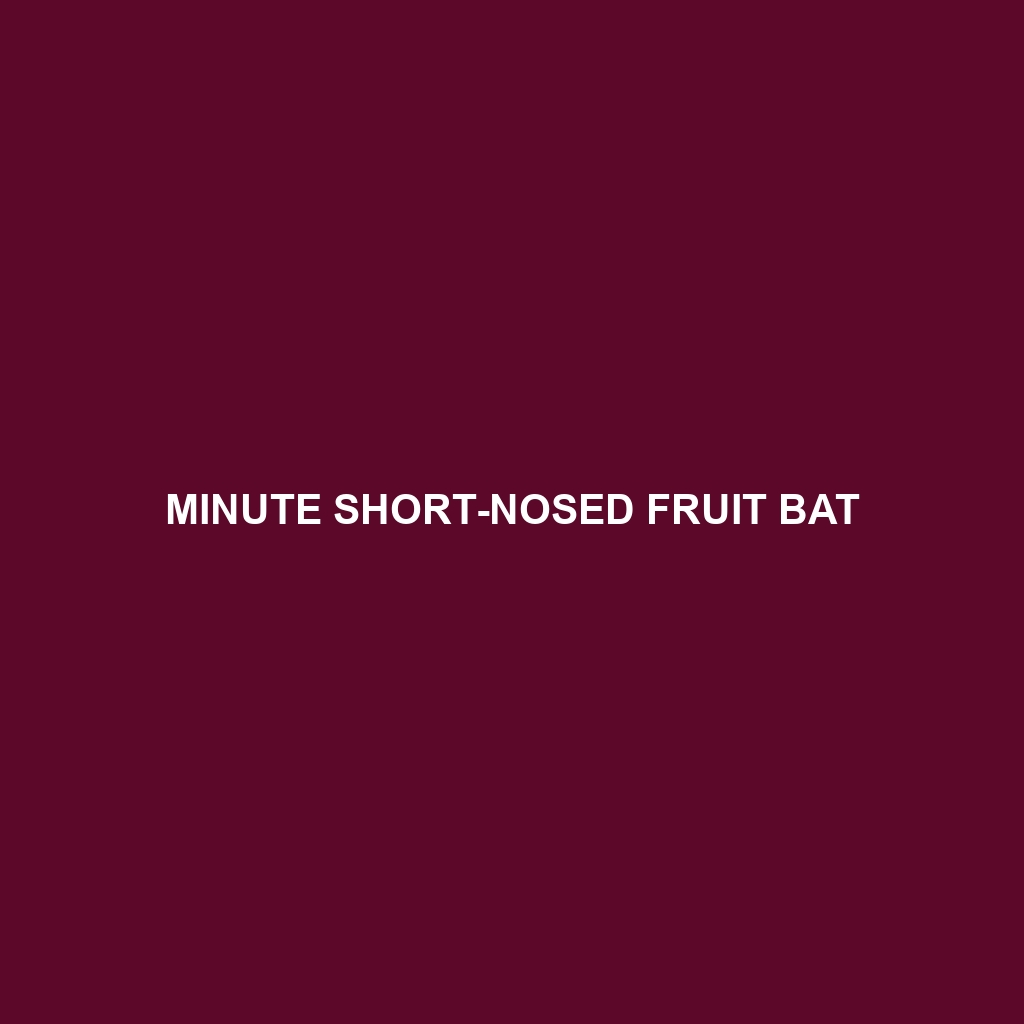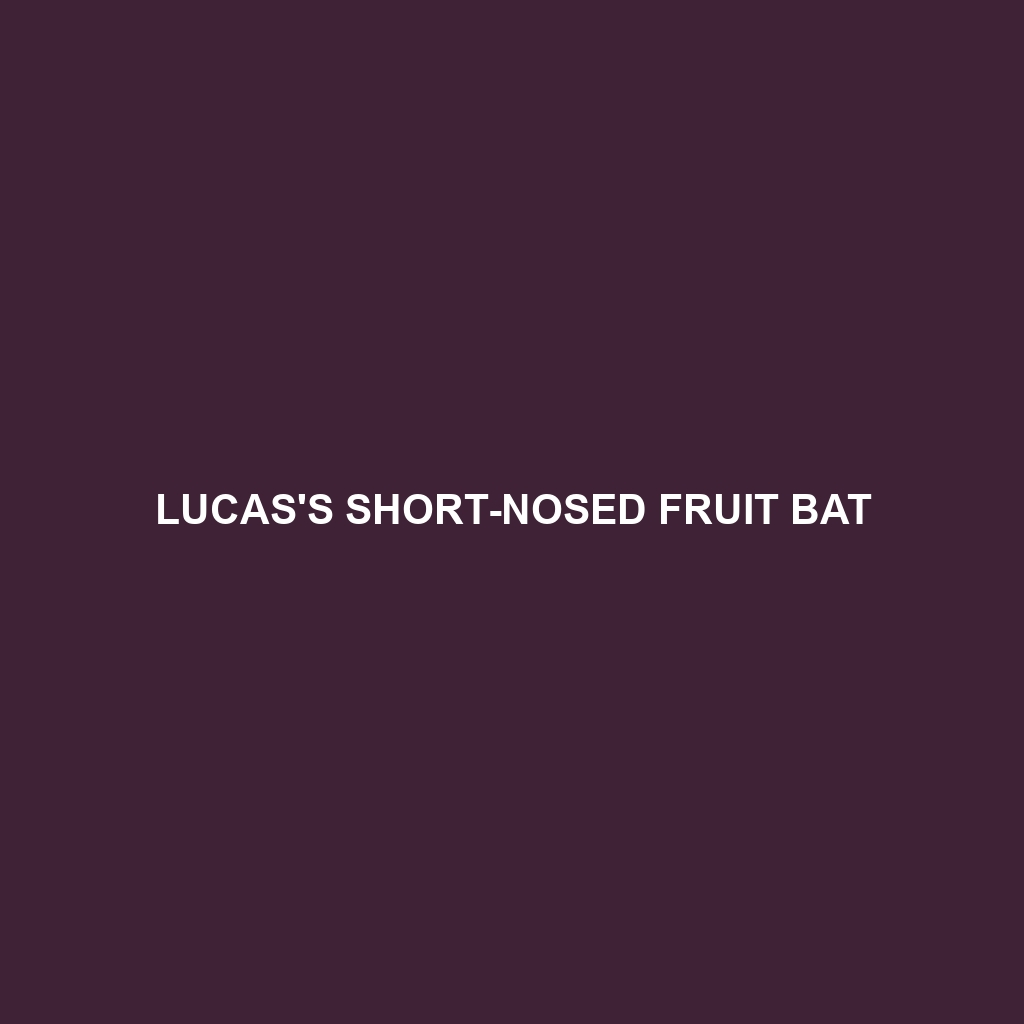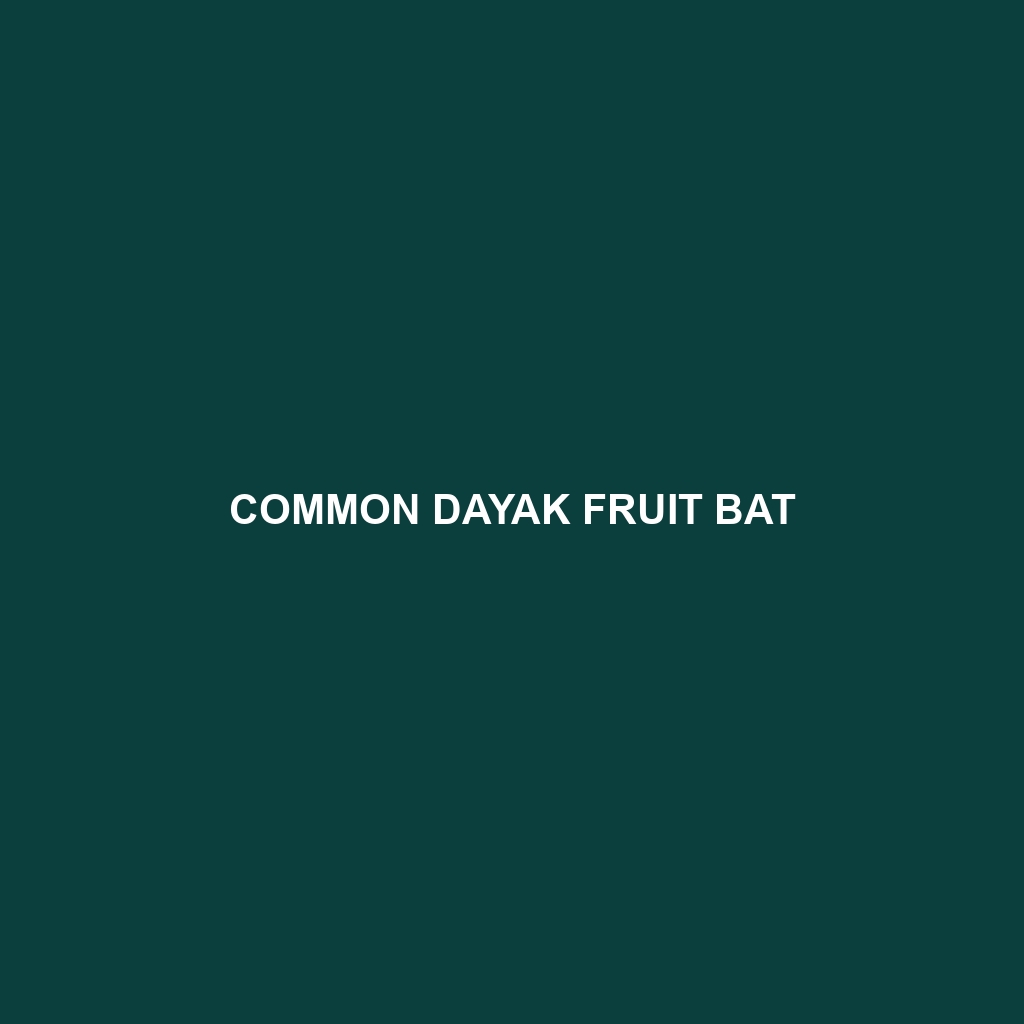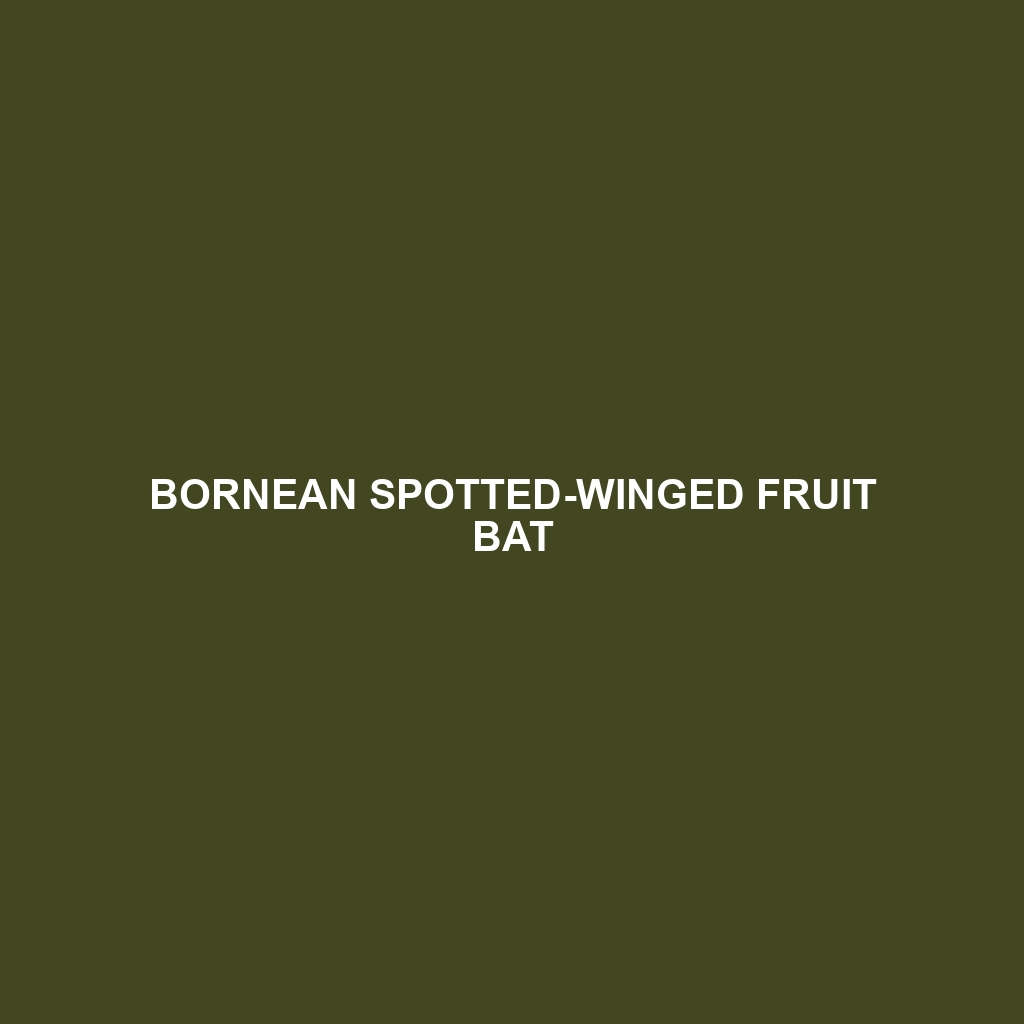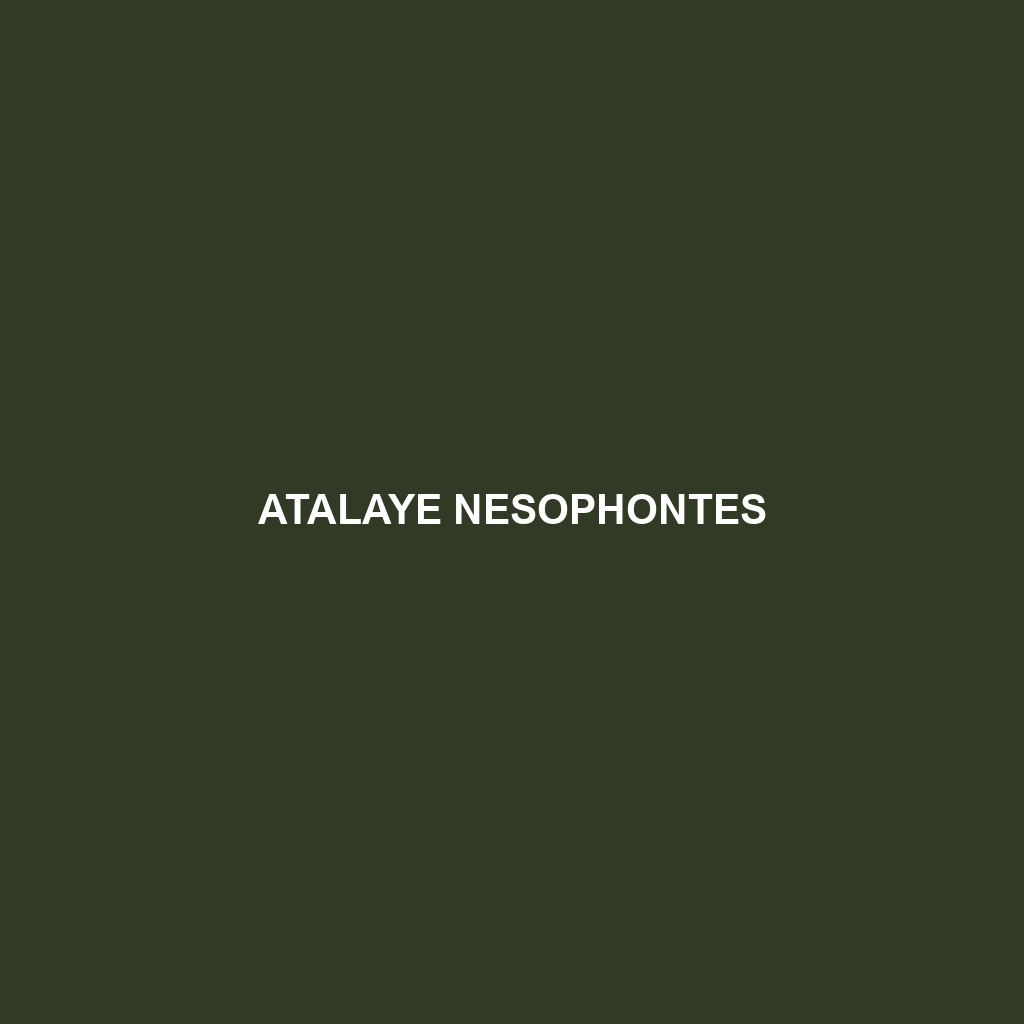Discover the fascinating Minute Short-nosed Fruit Bat, a vulnerable species thriving in Southeast Asia's lush tropical environments. With its distinctive short nose and large eyes, this nocturnal creature plays a crucial role in seed dispersal and forest regeneration, making it an essential component of its ecosystem. Learn about its unique adaptations, social behaviors, and conservation challenges in our latest blog post.
Tag: nocturnal mammals
Lucas’s Short-nosed Fruit Bat
Discover the fascinating world of **Lucas's Short-nosed Fruit Bat**, a vulnerable species thriving in the tropical rainforests of Southeast Asia. Known for their acrobatic flight and critical role as pollinators and seed dispersers, these nocturnal bats primarily feast on fruits like figs and berries. Explore their unique habitat, social behaviors, and the conservation challenges they face in preserving their ecosystems.
Common Dayak Fruit Bat
Discover the fascinating world of the Common Dayak Fruit Bat (*Dyacopterus spadiceus*), a vital species found in Southeast Asia's lush rainforests. With large wingspans and remarkable nocturnal habits, these bats not only consume vast amounts of fruit but also play a crucial role in seed dispersal and forest regeneration. Learn about their habitat, behavior, and the conservation challenges they face in this compelling overview.
Bornean Spotted-winged Fruit Bat
Discover the fascinating world of the Bornean Spotted-winged Fruit Bat, a nocturnal marvel of Borneo's lush forests. With their distinctively spotted wings and essential role as pollinators and seed dispersers, these medium-sized bats are vital to their ecosystem. Explore their unique habitat, diet, behavioral quirks, and the conservation challenges they face in this compelling overview.
Hispaniolan Solenodon
Discover the fascinating world of the Hispaniolan Solenodon, a unique nocturnal mammal native to Hispaniola, with a history dating back over 76 million years. This small, elusive creature plays a crucial role in its ecosystem as an insectivore, while its adaptations and solitary behaviors set it apart in the animal kingdom. Learn about its habitat, diet, and the conservation challenges it faces, along with the intriguing fact that it possesses a venomous bite—making it a true relic of the past.
Giant Solenodon
Discover the remarkable Giant Solenodon, a unique nocturnal mammal native to the lush forests of Hispaniola. Known for its elongated snout and robust body, this endangered species plays a vital role in its ecosystem through its insectivorous diet and burrowing habits. Learn more about its fascinating physical characteristics, behavior, and conservation challenges in our latest blog post.
Lesser Cuban Nesophontes
Discover the elusive Lesser Cuban Nesophontes, an endangered mammal endemic to Cuba’s rich forests. Measuring just 10 to 14 centimeters, this nocturnal creature plays a vital role in the ecosystem as an omnivore and seed disperser. Learn about its unique physical characteristics, behavior, and the conservation efforts needed to protect this remarkable species and its habitat.
Saint Michel Nesophontes
Discover the intriguing world of the **Saint Michel Nesophontes**, a small, nocturnal mammal native to the Caribbean island of Saint Michel. With its elongated snout and rich brown fur, this endangered species plays a vital role in its ecosystem through foraging and seed dispersal. Learn about its unique habitat, diet, and the urgent conservation efforts needed to protect this remarkable creature.
Atalaye Nesophontes
Discover the intriguing world of the **Atalaye Nesophontes**, a small, endangered mammal native to Madagascar’s tropical forests. With its unique physical characteristics, nocturnal behavior, and vital role in maintaining ecosystem health, this species showcases the rich biodiversity of its habitat. Learn more about its habitat, diet, and conservation status in our comprehensive species description.
Slender Cuban Nesophontes
Discover the Slender Cuban Nesophontes, a fascinating nocturnal mammal endemic to Cuba's tropical forests. With its unique physical traits, territorial behaviors, and crucial role in seed dispersal, this endangered species faces significant threats from habitat loss and invasive species. Learn about its diet, reproductive habits, and ongoing conservation efforts to protect this "living fossil" of the Caribbean ecosystem.
